Last updated on
Use these seven helpful tips to prepare your home for the cold winter period. Read on!
As the days grow shorter and the temperature begins to drop, many homeowners begin to prepare their homes for the winter period.
While some people may be content with simply turning up the thermostat and calling it a day, many things can be done to make your home more comfortable and energy-efficient during the colder months.
Here are seven ways to prepare your house for the winter period.
What's Inside
Checking the Windows
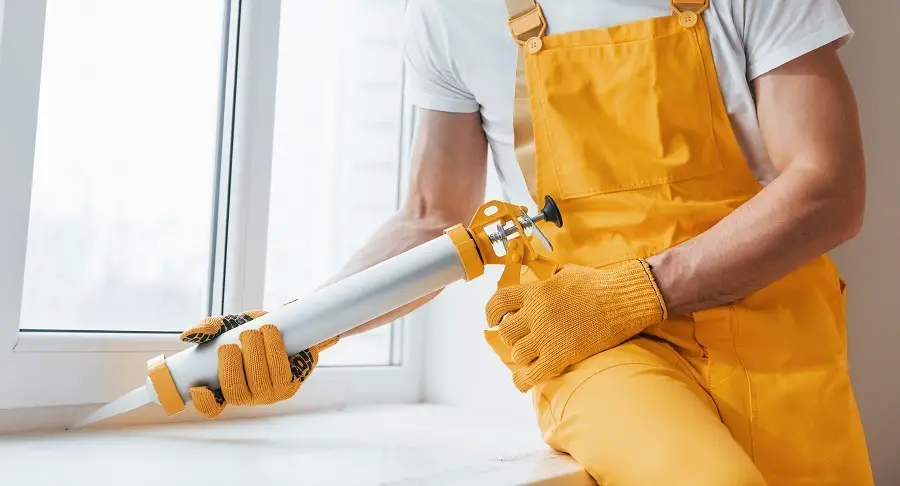
During the winter, windows can be one of the most common sources of energy loss because they are such poor insulators.
Therefore, check your windows for any signs of damage or cracks and replace them if beyond repair. Caulk any cracks or seal any open spaces with weatherstripping to help reduce energy loss.
Additionally, consider replacing older single-pane windows with more efficient double-pane windows. According to these experts providing double glazing installation in Edinburgh, it is very much in demand during the winter season. It is known to reduce energy costs by up to 30 percent and drastically reduces heat loss through the windows.
Additionally, make sure you keep the blinds closed when it’s cold outside, as this will help trap the warm air inside.
Maintaining Your Furnace
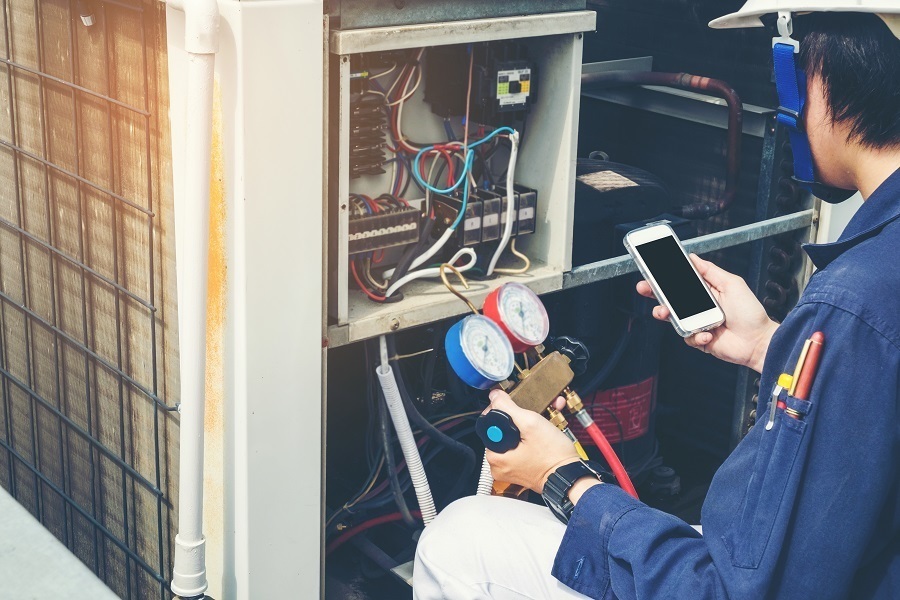
Have a professional inspect and tune up your furnace annually to make sure it is operating at peak efficiency. A well-maintained furnace can lower your energy bills drastically and reduce the chance of a breakdown when it’s cold outside.
Also, make sure you change or clean your filters regularly so that air can move freely through the system and get to where it needs to go.
However, if your furnace is beyond repair, you may want to consider installing a new energy-efficient heating system. These systems are designed to reduce energy costs by up to 50 percent and can be set up for both central and zoned heating and usually include a thermostat or other control that allows you to set the desired temperature.
Also, radiators are great for keeping your home warm during the winter months, but can sometimes become clogged or blocked due to air pockets. Therefore, you should regularly bleed the radiators throughout your house to ensure they’re working at their best.
Inspect Your Roof
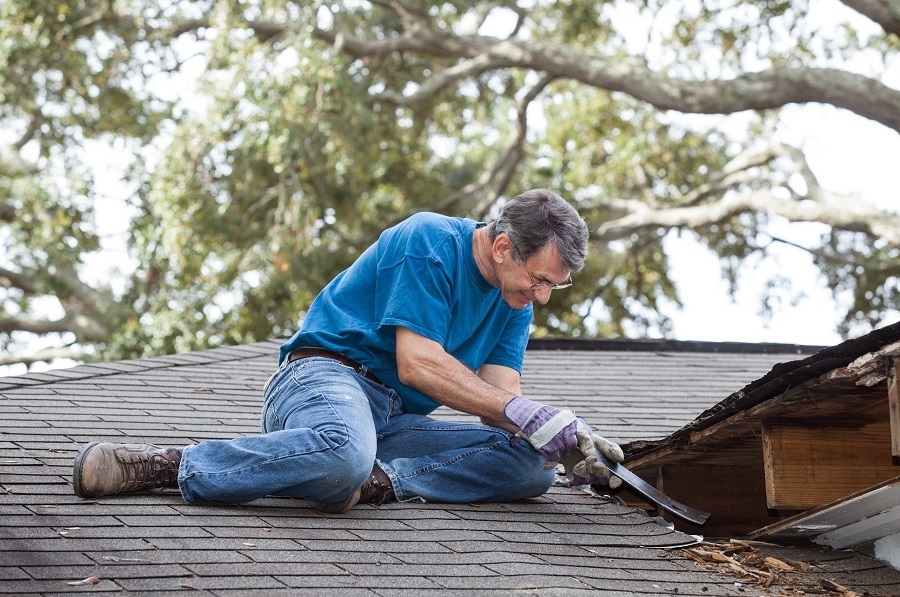
A thorough inspection of your roof should be conducted to ensure it can withstand the harsh winter weather. Look for any gaps, cracks, or loose tiles that could cause water infiltration and repair them as soon as possible.
You may also want to consider adding insulation to your attic if you haven’t already done so, as this will help keep your house warmer and reduce your energy bills.
Additionally, make sure your gutters and downspouts are clear of debris so that rainwater can properly flow away from the house. If necessary, trim any nearby trees or shrubs to further reduce the chance of water infiltration and roof impairment.
Finally, a good quality roofing material like composite shingles will help keep your house warm during the winter months.
Insulate Your Pipes
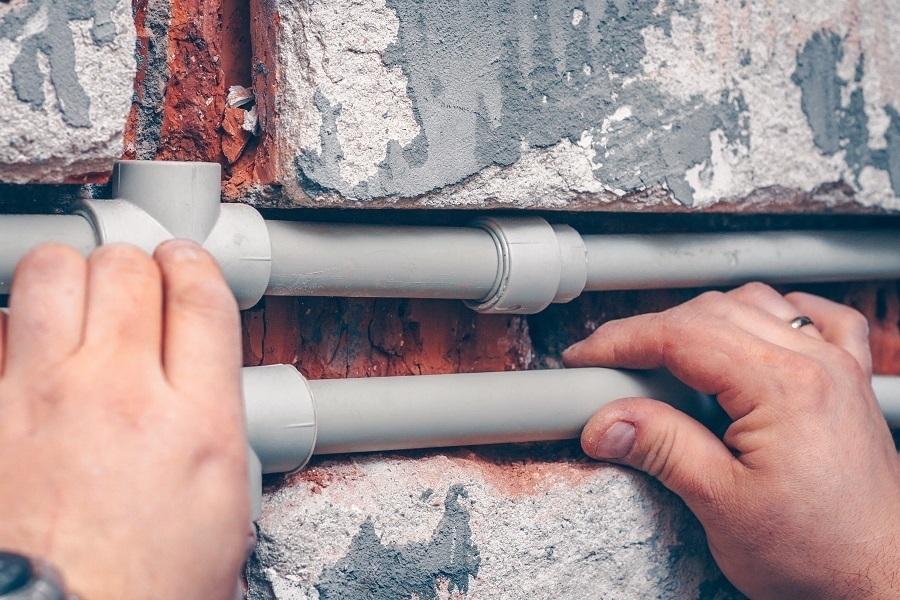
Frozen pipes are a common problem during the cold winter months and can cause significant damage if they burst. Many homes, especially older ones, may not have sufficient insulation around the pipes.
Therefore, you should make sure your pipes are adequately insulated by wrapping them with foam or fiberglass insulation to prevent freezing.
Additionally, make sure you leave the taps dripping during extremely cold weather and open cabinet doors to help keep the pipes warm. This will also help reduce the chance of a pipe bursting and causing damage.
On the other hand, you should also make sure your pipes are insulated on the outside of your home to prevent cold air from entering.
Install a Programmable Thermostat

Programmable thermostats are designed to regulate the temperature of your home based on certain times of the day or night and can help reduce energy usage significantly.
Many modern thermostats come with smartphone apps that enable you to adjust the temperature remotely, allowing you to save money while still keeping your home comfortable.
On the other hand, if you don’t want to invest in a new thermostat, try replacing your old one with an updated model and make sure it is properly programmed. You might also want to consider a low-maintenance electric heater that is designed to run efficiently and quietly during the winter months.
Check Your Fireplace

If you have a fireplace in your home, make sure it is properly checked before you use it for the first time during the winter season. Have a professional inspect and clean the chimney, as well as check for any signs of damage to the firebox or other parts of the fireplace.
For instance, cracks can develop in the mortar over time, and if left unrepaired, they can let dangerous gases escape into your home. Additionally, make sure to install a fire screen that is designed to keep embers and sparks from escaping.
On the other hand, if you don’t use a fireplace, it might be worth considering installing an energy-efficient wood stove or pellet stove instead. These stoves are designed to maximize heat output while minimizing smoke and carbon dioxide emissions.
Ensure Adequate Ventilation
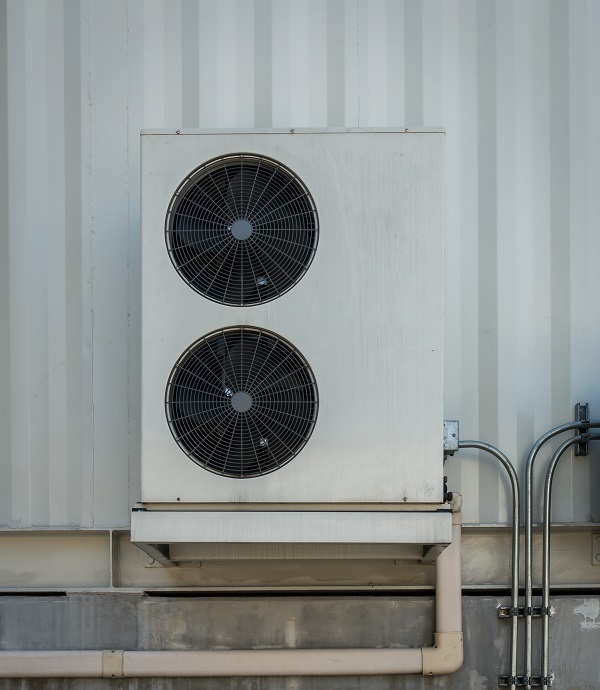
Finally, make sure your home has adequate ventilation. This is important to prevent the accumulation of moisture, which can cause mold and mildew growth during the winter months.
If you think your home is not getting enough ventilation, you can open windows intermittently or install exhaust fans in kitchens and bathrooms to ensure proper air circulation throughout your home. Additionally, you can also install a dehumidifier to help reduce moisture levels and prevent the growth of mold and mildew.
On the other hand, if you have an older home with inefficient insulation, you may want to consider investing in new insulation or sealing any gaps or cracks that can let cold air into your home.
Of course, there are several other ways to prepare your home for the winter, such as sealing windows and doors to prevent drafts, stocking up on supplies in case of a power outage, and making sure you have enough firewood if you have a fireplace.
By following these tips, you can ensure that your home is safe and comfortable throughout the cold season, even if the temperatures outside plummet.




